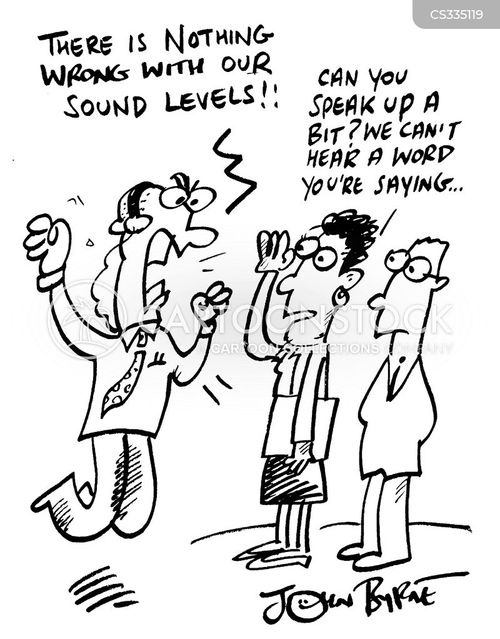The Weekly Reflektion 18/2025
Listening is an important factor for the safety of the people working at your facility. Listening to the people themselves, to experts with relevant competence and experience, and to the leaders and supervisors that are entrusted with the implementation of the systems that ensure a satisfactory safety level. Unfortunately, genuine safety concerns may fall on deaf ears and be ignored. Sometimes the concerns are listened to, however inappropriate measures are taken, and the concerns are not really addressed with tragic results.

Are your concerns falling on deaf ears?
The Grenfell Tower fire 14th June 2017 has been the subject of several Reflektions and was the main theme for Reflekt’s breakfast seminar 27th November 2024. Concerns on fire prevention measures and safety for the residents in Grenfell Tower had been expressed on several occasions before the fire. These unfortunately fell on deaf ears in the Kensington and Chelsea tenant management organisation (TMO), that was responsible for the management of the building.
Concerns on the implementation of new building regulations in the UK in 1984 also fell on deaf ears and paved the way to the Grenfell Tower tragedy.
Building regulations in London until 1984 were still influenced by the Great Fire of London in 1666. London Model Bylaws established after the fire included the following statement.
‘Bricke is not onely more comely and durable but alsoe more safe against future perils of Fire’
This established the principle of non-combustibility in building materials for London and was a major factor in the survival of many buildings from the bombing raids in ‘the London Blitz’ during WWII. One of the objectives of the Thatcher government that was elected in 1979 was to reduce the burden of legislation including for the building industry. ‘Unnecessary regulation’ was perceived as delaying construction and increasing costs. In 1984, a new parliamentary bill was approved that radically overhauled the existing building regulations and replaced these with 24 standards with functional regulations. One of the standards put in place was;Fire Safety: Approved Document B, Building regulation in England covering fire safety matters within and around buildings. This standard included requirements on fire spreading, but did not specify non-combustible materials.
‘The external walls of the building shall resist the spread of fire over the walls and from one building to another, having regard to the height, use and position of the building’.
It was up to the building contractor to demonstrate that this requirement could be met. For external cladding, the building contractor was reliant on the cladding supplier providing assurance of compliance including testing of any cladding system in accordance with Approved Document B. The building research establishment (BRE) was responsible for the testing of the cladding systems and the British Board of Agrement (BBA) issued the certificates that the cladding systems met the requirements. The cladding systems used on Grenfell Tower did not fulfill the intention of fire spreading and therefore did not meet the Approved Document B requirements, despite having the necessary certificates. Both the BRE and BBA failed in their duties and were later accused of complicity with the building contractor and cladding manufacturers.
During the review of the 1984 regulations, Labour peer Lord Sydney Irvine expressed the hope that there would be no relaxation of the non-combustibility principle in the new building regulations. His concerns unfortunately fell on deaf ears. 293 people had their homes in Grenfell Tower and 72 of them, including 18 children,died in a fire that could have been prevented. Let us hope that the learnings from Grenfell Tower do not fall on deaf ears.
